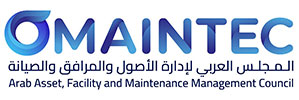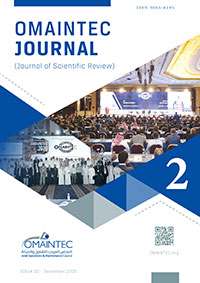
Eng. Ondrej Stejskal
Logio s.r.o., Czech Republic stejskal@logio.cz
Abstract #
This article describes application of methodology for performance of complex maintenance audit in a company. All provided information comes from author’s real experience from projects of consultancy in manufacturing and transportation industry.
(Journal of Scientific Review)
Keywords: maintenance audit, maintenance management, maintenance improvement
Introduction #
The essence of overall maintenance audit is to determine status of maintenance, and where appropriate, to get comparison to other businesses in industry. Its content is sequence of systematic activities (data collection, analysis, evaluation, site visit, monitoring, etc.), leading to provision of a comprehensive picture of state of maintenance management and execution in company (within agreed scope). Audit is non-invasive, this means that audit does not make implement any measures (changes are often implemented by subsequent stage). Audit is independent. Therefore, it is desirable to perform audit by unbiased external company. Audit is often performed in large companies possessing own production and large amount of machinery and equipment, for example petrochemical, automotive, energy, geo- mining or metallurgical industries.
Areas of Maintenance Audit #
In this chapter are highlighted frequent areas as subject of investigation within framework of audit. However, as is mentioned in following chapters, scope and focus may vary from company to company and customer specific requirements. For each area we list the key points and possible outputs according to past experience.
Maintenance management #
Maintenance strategy
Organization and human resources Preventive maintenance
Maintenance planning and scheduling Maintenance process execution
Information system support
Administration, documentation and reporting
Maintenance effectivity and continuous improvement
Planning process and inventory management #
Analysis of current planning process
Current settings of MRP and division of items to managed and non-managed by MRP and reason for this division
Feasibility and benefit of setting up central planning process for all plants Analysis of current calculation of safety stock and re-order point (min/max)
Import of MARS data to system Planning Wizard and calculation of new safety stock and re-order point
Information system material base #
Analysis of quality of master data record for GRD material
Evaluation of current methodology of material naming convention and its fulfillment Analysis of necessity and expediency of focal work to improve material base
Evaluation of current approach to classification of materials
Analysis of obsolete material and process for obsolete material elimination
Spare parts procurement process #
Mapping of complex process of spare parts acquisition (including internal process from order placement till item consumption)
Existing procurement process map revision and evaluation of compliance with procurement execution in practice
Analysis of efficiency of current internal process of spare parts procurement, including tendering
Analysis of effectiveness of existing suppliers
Warehouse of spare parts #
Analysis of compliance of current inventory on hand with actual need in all factories – calculation in Planning Wizard
Site visit and check of correctness of storage conditions
Identification of „squirrel/black warehouses“, if any (warehouses with items out of system evidence)
Analysis and identification of items with potential for centralization
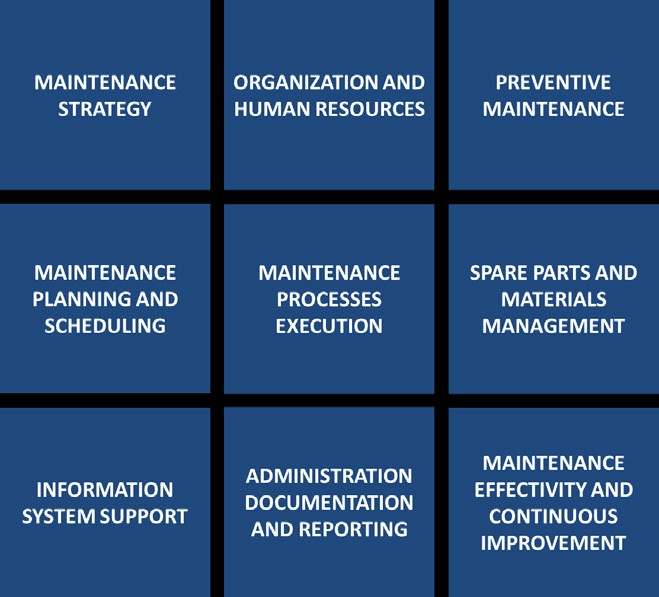
Figure 1: Example: key areas of investigation during maintenance audit
Maintenance Audit is Project #
Audit maintenance is always a project. As such, it is sequence of predetermined activities, bounded by defined time and allocated resources. Let’s highlight some typical project features for maintenance audit:
Goals and Outputs #
It is extremely important to set common expectations from results of the project by all participating parties. Especially, when audit is outsourced, it is necessary to describe and approve together with customer the desired state at the end of the project. To achieve this we define purpose, objectives and outputs of the project within preparation stage.
Purpose is a sort of higher goal of the project. By purpose we realize the root cause of our decision – we ask question “Why?”. Answer can be simple, such as “To increase maintenance efficiency”.
The purpose of the project is important for clarification of fundamental trigger. But, for project management, the Goals are much more important. Project goals are usually related to agreed Outputs, giving us ability to evaluate result/success of project and measure fulfillment of particular goals. Here we mention some typical general project goals for maintenance audit:
To identify potentials for improvement in maintenance management and execution To evaluate potentials for improvement in terms of needed effort and resources for implementation against benefits achieved by implementation
To define detailed action plans for implementation of changes (size of investment, resources, process/structure changes description, time schedule of implementation with relevant tasks and responsibilities etc.)
To provide benchmark of maintenance management and performance whether internally – for example, between individual factories of a company, or externally – reference of other companies in industry or companies of same size and technology Beside general goals, customer sometimes comes straight away with specific demand and requires to focus on specific areas. This is mostly related to actual situation in company, from where can arise, for instance, following specific customer related goals:
To map process of procurement of spare parts and to assess possibility and effects of centralization
To review spare parts stock levels and to provide necessary steps for stock levels optimization
To verify needed headcount for maintenance execution
To assess readiness for transition to new maintenance management information system
To examine effects of outsourcing of maintenance services
To examine and oppose tender documentation for selection of technologies for new spare parts warehouse
Project plan, Project Management and Cooperation #
Project plan, also called project time schedule, is basic guideline and control element of project course. As such it must contain all key tasks and project activities, including deadlines and owners/responsible for particular tasks. Project tasks should be divided into project phases. In my company, we usually distinguish project tasks of maintenance audit into 3 basic stages:
Phase 0: Pre-analysis
This stage is also called diagnosis stage. In order to avoid delays at the beginning of project, we define input data requirements even before opening meeting (kick-off meeting). Virtually, every company has own structure of information resources of different size, detail and quality and different practices of data processing. Thanks to pre-analysis stage we are able to analyze input data in advance, allowing us to anticipate areas of system bottlenecks and to focus later more into detail. And, in case of findings of data deficiencies, we send complementary requirements on input data in timely manner. At the opening meeting, status of reception of input data is given and data content and accuracy is confirmed with customer. Examples of required input are following:
- Organization structure of maintenance
- Headcount in maintenance and roles (x years history)
- History of production stops due to technology (downtimes due to failures)
- OEE for lines or machines/equipment
- Percentage of equipment with preventive maintenance plan defined
- Ratio of preventive/corrective maintenance (corrective = repair after failure)
- Maintenance cost year by year (x years history)
- Value and quantity of spare parts inventory year by year (x years history)
- Number of spare parts items (indexes, material numbers) (x years history)
- Asset replacement value for maintained equipment (if available)
- List of critical spare parts (if there is any) and preventive maintenance plans for some
- Maintenance budget (x years history)
- Map of spare parts procurement process
- Standards, manuals, working guides, and other relevant documentation
Phase 1: Audit and Analysis
During this phase usually take place visits of operations. It may be one small factory, or several large plants in different countries as well. During visits on site it is necessary to conduct interviews with key representatives. The interviews are composed according to investigated area. During sessions we also refer to findings from input data analysis, thereby the findings are verified. It is also necessary to investigate and compare the regulations and rules with real working routine.
Predefined questions are not asked only to managers, it is necessary to speak also with people at lower levels of organizational structure. From past experience, subject to interview are, in particular: top managers, maintenance managers, maintenance planners, maintenance inventory planners, maintenance technicians, IT data specialists and master data administrators, maintenance shift masters and warehouse keepers. In many organizations, these roles often overlap.
Here comes one of essential conditions for successful audit – properly set and agreed cooperation of customer is essential. It is impossible to perform correct audit and provide quality outputs without engagement of people who manage and perform maintenance in company. Therefore, before start of project we have to state the needed capacity of individual roles and a timetable for visits and interviews. An employee will surely participate on audit in common working hours. So, it is important for superiors to know the expected utilization on the project. An illustrative timetable for maintenance audit of four production factories is shown in figure 2.
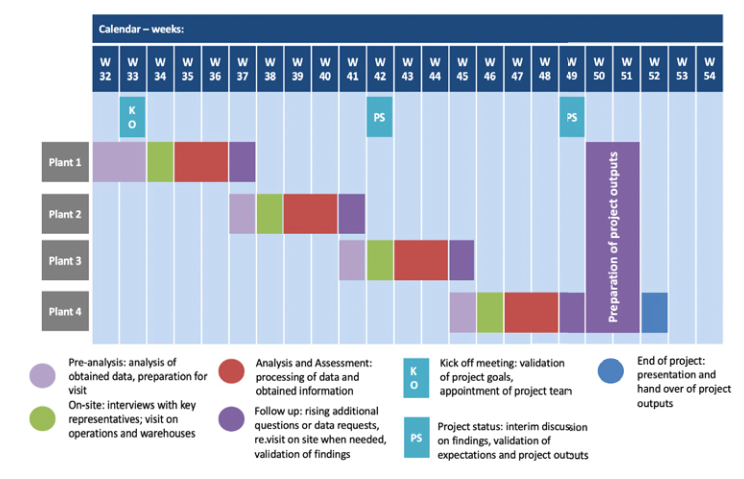

Figure 2: Example of maintenance audit timetable for four production factories
At the end of visits (or already during visits) the phase of Analysis and Assessment begins, where all collected information should be processed and summarized. In this stage, open points usually appear – requesting certain follow up in form of additional questions addressed to specific departments/persons, or complementary visit/ sessions of specific topic.
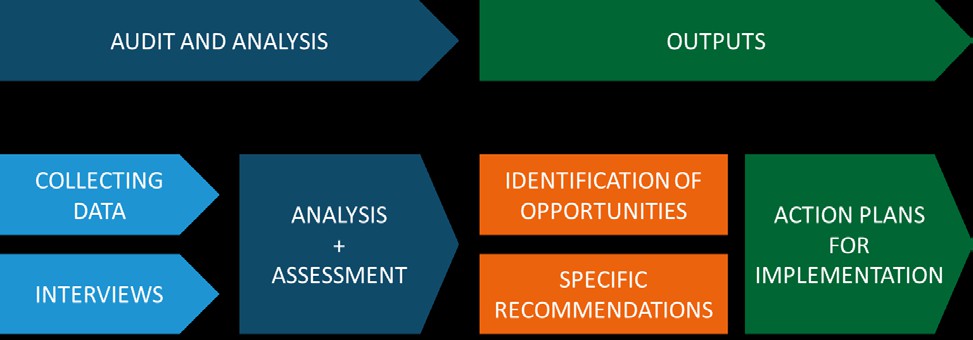
Figure 2: Maintenance audit main activities process scheme
Phase 2: Outputs
Once there is sufficiency of needed information, we can proceed to formation of outputs. Opportunities identified during data collection and site visits are subject of description and quantification. Understandable and simple imaging tool is graph in figure 3. Each number represents one potential for improvement, which is evaluated in terms of necessary investment (time, money, resources) against obtained benefits.

Figure 3: Chart interpretation of potentials of improvement The potentials of improvement for company are following:
Ratio of preventive/corrective maintenance is 30%/70%
Insufficient personnel in certain departments to cover maintenance jobs Spare parts inventories are insufficient
Maintenance material is not properly stored
There is no common methodology for spare parts naming (causing duplicities and confusion)
Storage of documentation is mostly not computerized and centralized There is no list of critical spare parts and defined minimum stock levels
There is no division of low-skilled work from advanced tasks (lack of maintenance pool)
For clarity, potential for improvement number 9 is further elaborated:
Procurement process is complex and slow #
There is potential to speed up procurement processes so needed spare parts are delivered as soon as possible. Amount of framework contracts with key suppliers is limited and contracting is done for each single part. Wise and fast procurement of spare parts will reduce delays in maintenance and will enable maintenance to reduce MTTR (repair times) and resulting downtimes. In figure 4 is example of more detailed action plan including expected scope, benefits and needed resources.

Figure 4: Detailed action plan of Spare parts procurement improvement

Figure 5: Management summary of recommendations for spare parts procurement
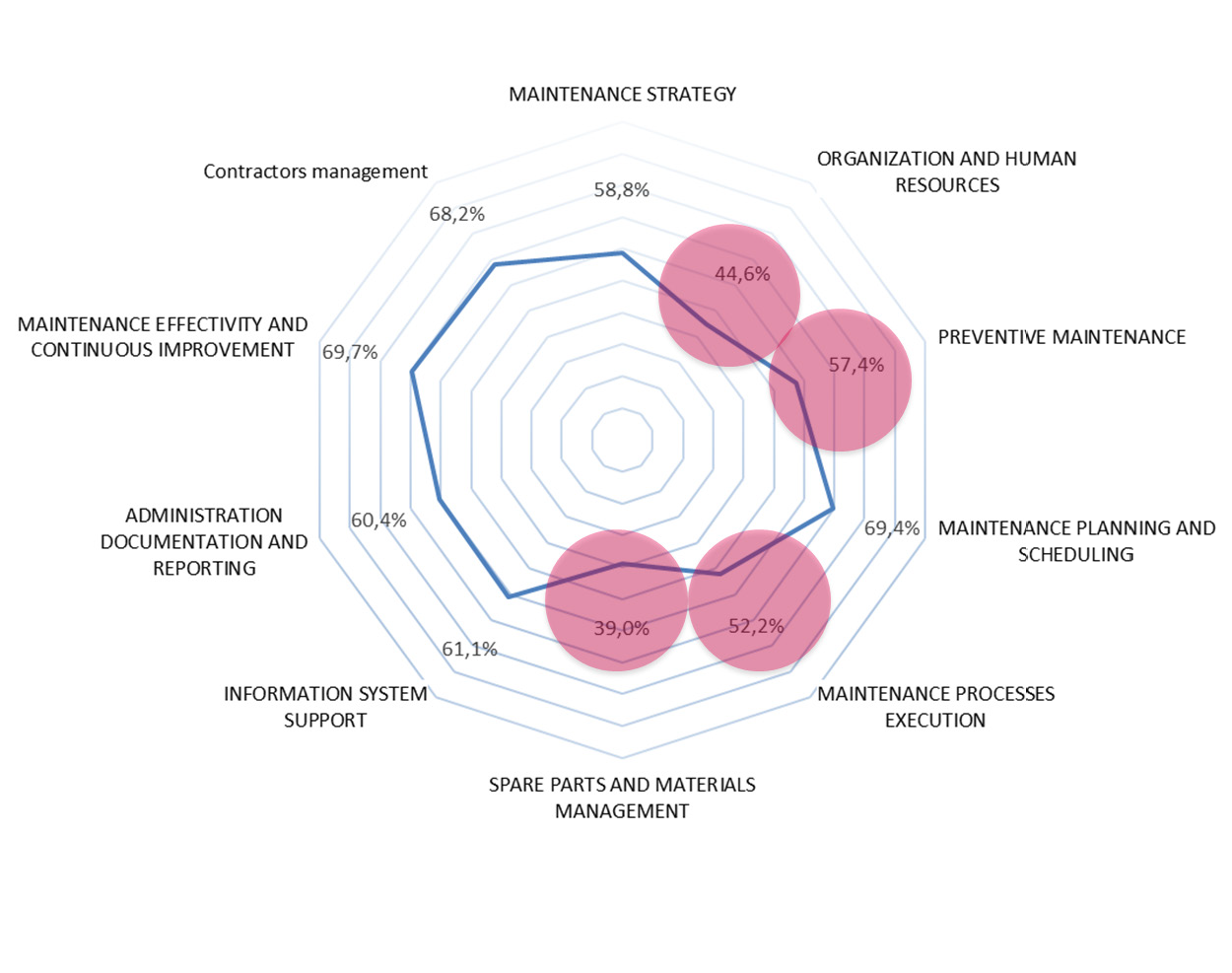
Figure 6: Example of chart summary interpretation of potentials of improvement
Conclusion #
Maintenance audit is an effective tool to analyze actual situation in company, to identify chokepoints, and to define of next steps to improve maintenance management. However, it crucial to perform it according to predefined process and methodology, to correctly estimate necessary resources of all parties, and to define clear objectives. At the very conclusion we would like to summarize some of pitfalls and opportunities, collected during audits, which can help potential solvers.
Manage Audit as a project!
Maintenance is a broad field and you should define and agree scope, goals and outputs of audit before the project starts. You will avoid later inconsistencies in anticipation of you and customer.
Maintenance is not isolated discipline
In company, maintenance is closely related to production/operations, purchasing and logistics. It is necessary to predict and observe tensions and development in between departments and always seek solutions for the whole system. One of added values of consulting company should be the link between departments and arrangement of joint discussions and workshops to achieve satisfaction of all parties.
Be prepared to help with implementation
The best confirmation that the proposed solutions are feasible is an offer for cooperation on implementation. And, the customer is certain you know the company environment and understand proposed solution.
Speak with all levels of employees
You should obtain view of people running business on a strategic level, but also ordinary maintenance workers and buyers. Ask people on their problems. They often have great ideas for improvement that are just never heard. At the same time, it should be borne in mind that only presence of auditor causes higher efficiency and out of fear they don’t tell the whole truth.
Focus on detail where you feel opportunity/bottleneck
In majority of audits it is simply impossible to go through everything. You need to focus on weak areas. They often sound on sessions with management, are mentioned in assignment or uncovered by preliminary analysis and experience.

